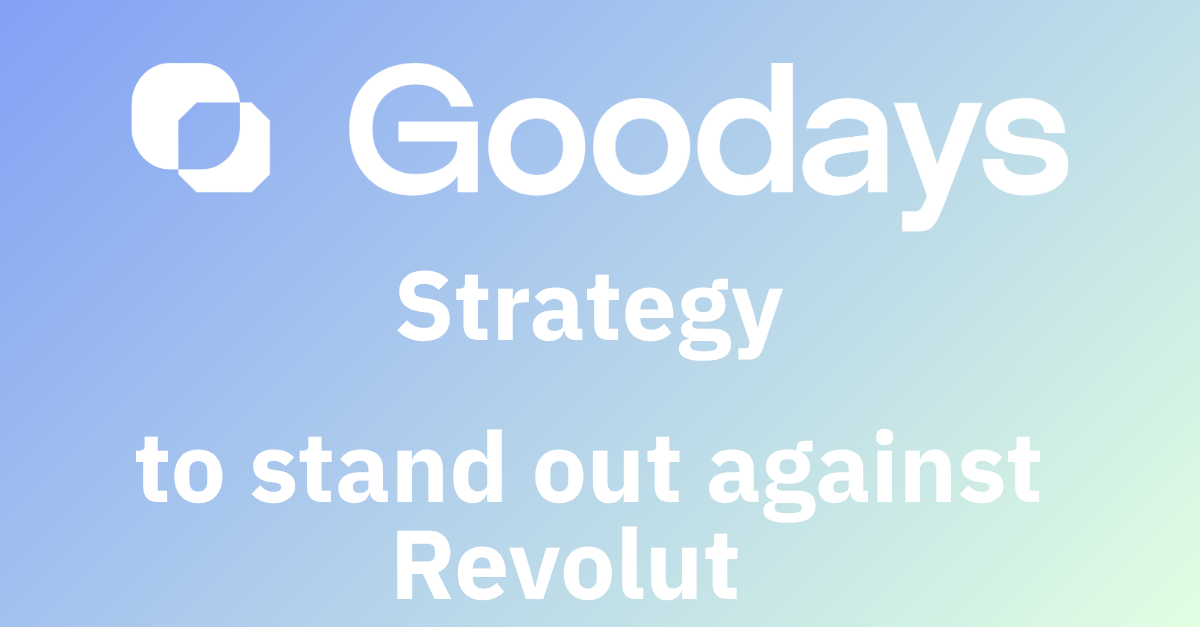
Solutions
Solve your most critical customer experience challenges

Marketing Manager - France
Revolut, N26, Qonto… These fintech brands are everywhere—targeting young, urban, digitally native audiences. With their promise of speed, simplicity and sleek digital experiences, they appeal to consumers who want banking to be as easy and seamless as ordering dinner online.
In this context, the traditional banking model—built on trust, expertise and local presence—can appear outdated. Fintechs capitalise on their weaknesses: instant features like real-time expense tracking and 24/7 customer support, zero fees for international payments, and mobile apps that are intuitive and effortless.
But here’s the thing: traditional banks still hold a powerful, often overlooked advantage : a deep-rooted customer-centric approach that is part of their DNA.
So how can they capitalise on this strength? What’s the winning strategy to stand out against digital disruptors?
The brands that truly earn customer loyalty are those that deliver on what they promise, and offer experiences that align with those promises. Take Lidl, for instance: no frills, limited choice, modest presentation—yet customers love it. Why? Because Lidl is crystal clear about its value: unbeatable low prices. That consistency builds trust.
Revolut takes a similar approach. It never promised personalised advice or in-branch support. Its customers value exactly what it delivers: a fully digital, low-friction banking experience. The lesson here is simple: when your promise is clear and consistently kept, you win loyalty.
If your bank champions proximity and commitment, every interaction must embody that promise. If it doesn’t, you face a choice: either refine your positioning or realign your customer experience to match your brand values—down to every detail.
At Goodays, we believe the cornerstone of long-term loyalty is emotional connection. Unlike digital-first banks like Revolut, which often lack human touchpoints, traditional banks still benefit from something invaluable: face-to-face, local, human relationships.
When a customer is dealing with a major life event, an emergency, or a service issue, they don’t want to talk to a chatbot. They want someone they trust.
We see it in the data: our banking clients’ customers often mention their advisor by name in reviews. That’s the sign of genuine connection. Even better—branches that engage most with their customers consistently outperform others in NPS.
To stand out: listen, respond, and connect in ways that digital-only players can’t.
Your satisfied customers aren’t just loyal—they’re your best marketers. Yet too often, this powerful growth lever goes untapped.
Revolut gets this. Its website features real customer reviews, and its referral programme offers up to €200 for bringing friends on board.
But traditional banks can go even further—starting with Google reviews. These are your local shop windows. To win trust and visibility:
Then, highlight the best feedback to amplify it. Make your customers your champions.
Customer satisfaction comes from the field. Give your branches and advisors the freedom and tools they need to act.
Where Revolut offers a one-size-fits-all experience, traditional banks have boots on the ground—teams that know their customers, understand local nuances, and build real trust.
To make that proximity count, branches must be equipped to:
That means more autonomy, better visibility on local satisfaction, and shared responsibility. When branches have the power to act, they boost both team motivation and customer loyalty.
Revolut has built its brand around one clear promise: simple, accessible financial services. And by delivering on that promise, it keeps its users loyal—and grows its market share.
But here’s what we see across industries: companies that truly prioritise customer experience grow twice as fast as those that don’t.
Embedding customer voice across your entire organisation is no longer optional—it’s strategic.
To get there:
Competition isn’t a threat—it’s an opportunity to evolve.
Just like taxi company G7 transformed in the face of Uber’s arrival, traditional banks can still lead the way. Revolut may exploit the industry’s weaknesses, but those who embrace transformation will emerge stronger.
With the right tech—including AI-powered platforms like Goodays—banks can turn their legacy strength into their future: deep, emotional, local customer connection.
The goal isn’t to mimic Revolut. It’s to outperform it—by being more human, more present, and more trusted.
Hear about our upcoming events and read the latest success stories from our clients.
